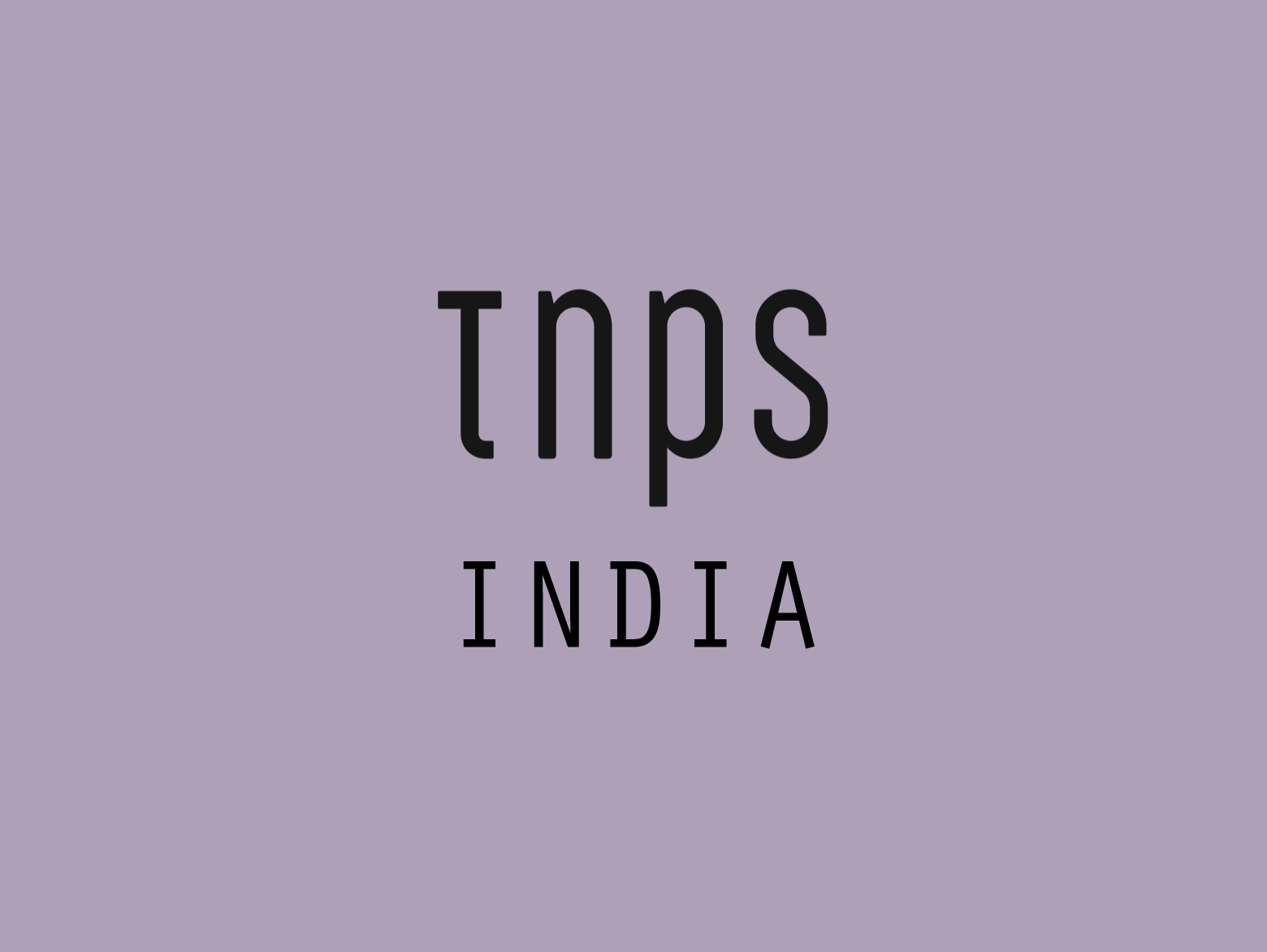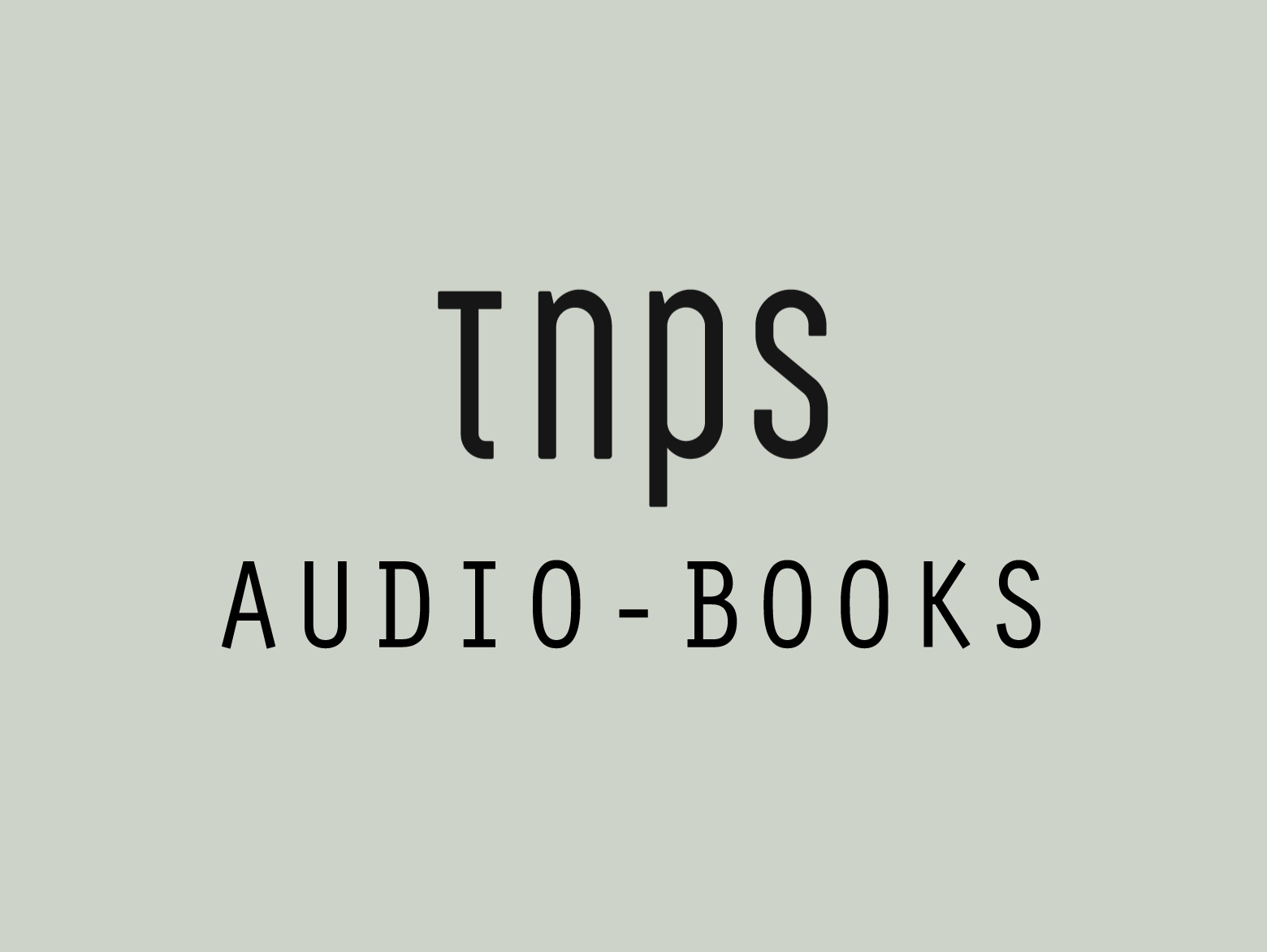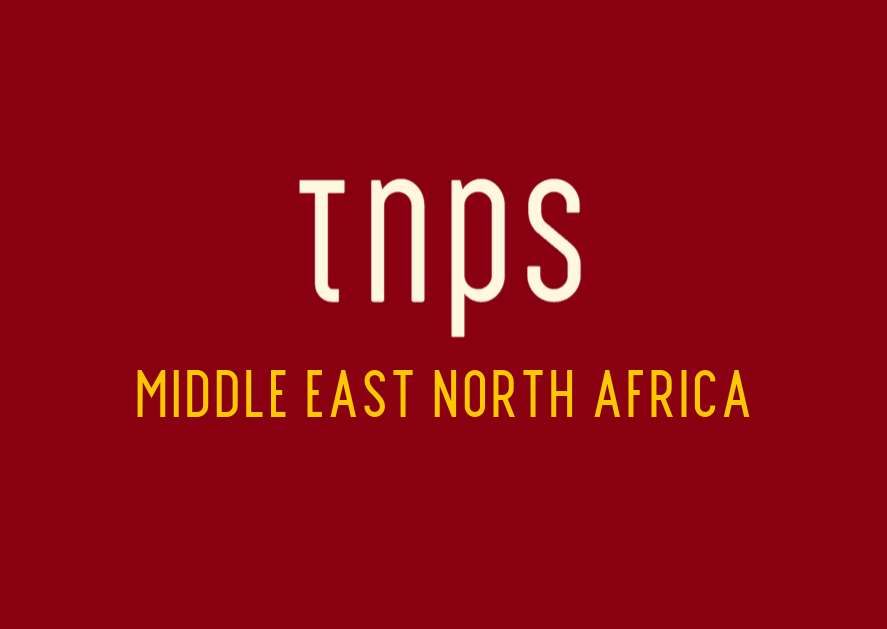Regulars here at TNPS perhaps won’t be so surprised by the headline. I’ve long said India is publishing’s brightest prospect. And 2018 seems to have been the tipping point at which India shifted from being just another nascent market to a publishing priority.
First some headline grabbing quotes from Indian publishers courtesy of The New India Express.
HarperCollins India Chief Executive Officer Ananth Padmanabhan said 2018 was a,
perfect year at HarperCollins – with a fabulous line up of books that we’ve published and won awards for. Our children’s publishing which has just celebrated its first birthday has brought so much cheer to our catalogue.
PRH India’s Milee Ashwarya spoke of a,
significant year for Penguin Random House India in which books across genres found success and won awards.
Bloomsbury India reported,
a phenomenal 2018 with sales growth in excess of 30 per cent over the last year across all segments.
Harry Potter helped, of course, but it was far more than just a Harry Potter show, as the OP will confirm.
Among many upbeat moments, Yogesh Sharma, senior vice president at Bloomsbury India, said,
Our local publishing list grew significantly too with over 100 titles being published.
But the highlight of the year for Bloomsbury India was the,
launch of our local academic publishing programme for not just India but also the other global markets.
I won’t report all the mentions in the OP, but must include Juggernaut, which Chiki Sarkar says had its best ever year since its launch in 2016.
Apart from some impressive awards, Sarkar said,
We have also done very well commercially – it’s our biggest year for revenues.
Juggernaut also finished creating Airtel Books, a partnership with the Indian telco giant, which will launch early this year, and the company reported a
very successful integration inside Railyatri, the country’s top train booking app.
There’s no real breakdown of print, digital and audio here, and of course digital books are still in the early stages of India’s book market evolution, but as we see from Juggernaut, a digital-first operation, digital books are doing just fine. In the OP Juggernaut reports they,
had two Neilson Bookscan no 1’s.
More importantly it is digital, in the form of social media, that drives the print book sales, not just in bookstores, online bookstores and ebook stores, but at India’s myriad book fairs and festivals.
Juggernaut’s reference to Nielsen Bookscan is apposite here, because few if any of the book sales happening at book fairs and festivals will be even noticed by Nielsen.
Yet as I noted here just yesterday in a TNPS post on the Kolkata International Book Fair,
through January-February 2019 alone some 6-8 million Indians will buy many millions of books to the value of many millions of dollars with no help from Amazon, Flipkart and bookstores, in a country many in the publishing industry regard as an insignificant book market.





